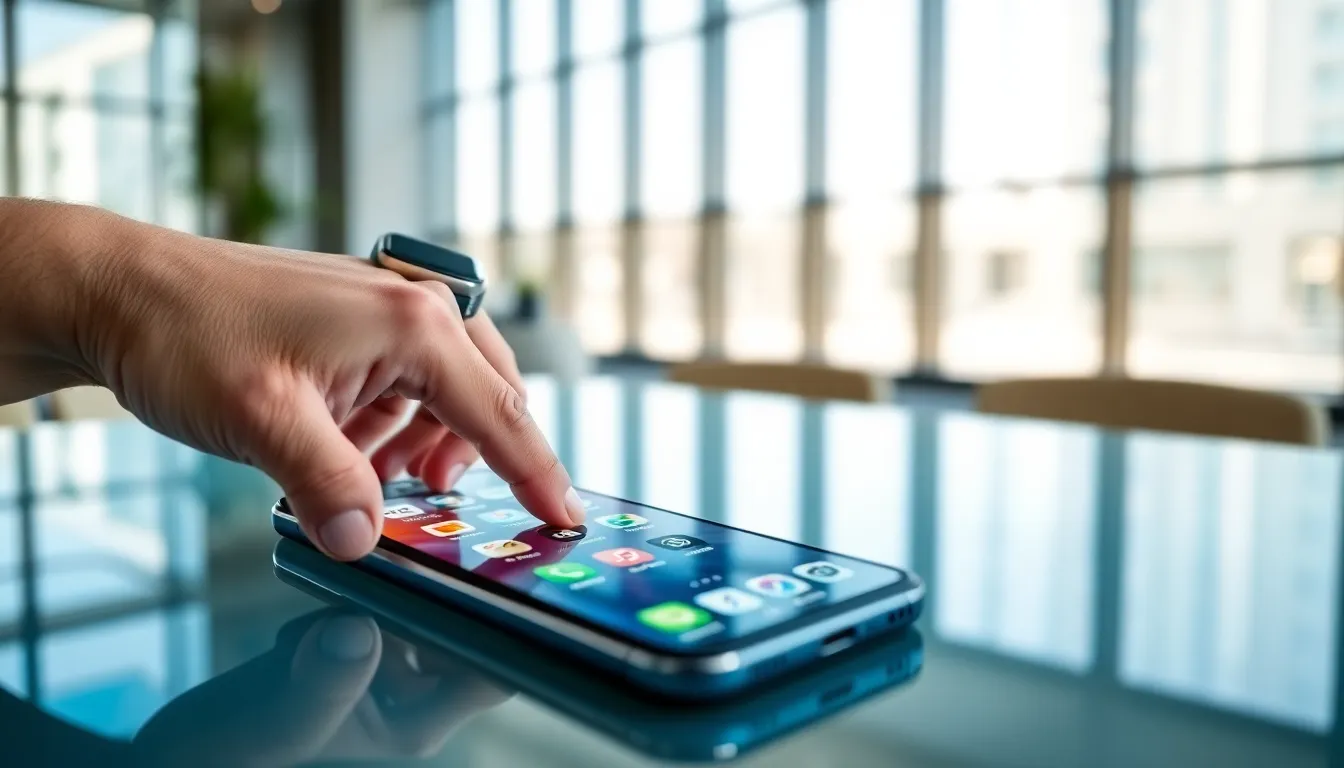In a world where staying updated is key, knowing how to refresh apps on an iPhone is essential. Whether it’s for fixing bugs, loading new content, or improving performance, refreshing apps gives users a better experience. This guide unpacks the nuances of app refresh on iPhones, providing practical steps to ensure all apps function smoothly.
how to refresh apps on iphone

Why You Need To Refresh Apps
Refreshing apps isn’t just about getting the latest content: it also helps to fix glitches and improve performance. When an app behaves sluggishly or doesn’t display updated information, a refresh can often resolve these issues. Also, refreshing helps in optimizing the app’s performance by clearing out unnecessary data and ensuring it runs smoothly.How To Enable Background App Refresh
To enable Background App Refresh on an iPhone, follow these steps:-
- Open the Settings app. Look for the gear icon on your home screen.
-
- Scroll down and tap on “General.” This section contains various settings for your device.
-
- Select “Background App Refresh.” Here, you can see which apps are set to refresh.
-
- Choose “Background App Refresh” again. You can select “Wi-Fi,” “Wi-Fi & Cellular Data,” or “Off” depending on your preference.
-
- Toggle the switch next to each app. This allows you to turn on Background App Refresh for specific apps.
Refreshing Apps Manually
Sometimes, users may want to refresh an app manually. Here’s how to do it:-
- Open the app you want to refresh.
-
- Swipe down on the screen. In many apps, this action prompts a refresh.
-
- Wait for the app to load new content. You will notice a loading indicator in some cases, showing that new data is being fetched.
Troubleshooting Common Issues
Users may encounter issues with app performance or refreshing. Here are common problems and their solutions:-
- App Won’t Refresh: Make sure your internet connection is stable. If the problem persists, try restarting the app or the device.
-
- Background App Refresh is Off: Double-check that Background App Refresh is enabled in the settings as explained earlier.
-
- Outdated Apps: Sometimes the issue lies with outdated versions. Ensure all apps are updated by visiting the App Store and checking for updates.
-
- Storage Issues: Insufficient storage can prevent apps from functioning properly. Users should check available storage under Settings > General > iPhone Storage, and delete unnecessary content if needed.
Tips For Optimizing App Performance
To ensure apps work efficiently on an iPhone, consider these optimization tips:-
- Regularly Update Apps: Keep applications updated to benefit from improvements and bug fixes.
-
- Free Up Storage Space: With limited storage, some apps may lag. Regularly clear space by removing unused apps and data.
-
- Limit Background App Refresh: Only allow essential apps to refresh in the background to conserve battery life and data.
-
- Restart the iPhone: A simple restart can fix various performance issues and clear temporary glitches.


More Stories
Why Won’t My iPhone Let Me Download Apps
Samsung Smart TV Apps Not Working: Troubleshooting Guide
Apps To Read Books